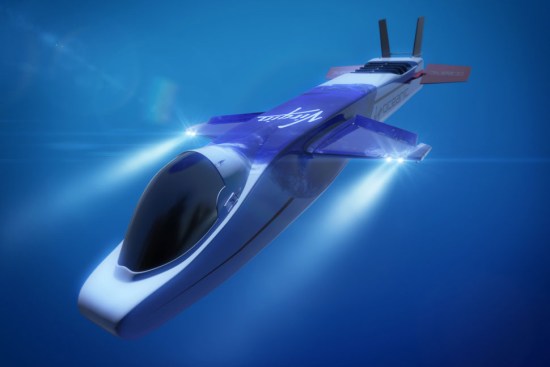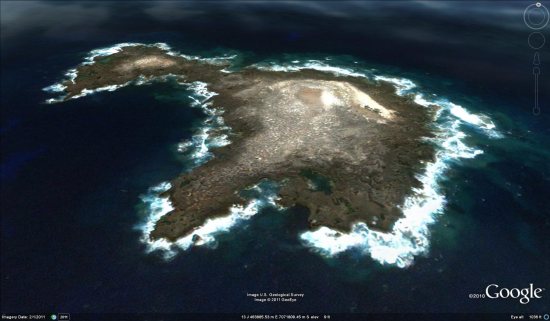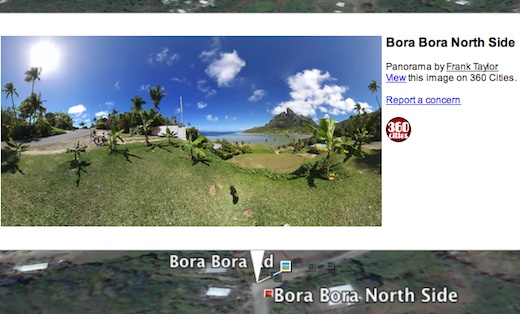We’ve mentioned Richard Branson on GEB a few times in the past, such as his “Project Virgle” a few years ago, but I believe this is the first time he’s put together an official venture with Google Earth.
Yesterday he announced the launch of Virgin Oceanic, to explore “the last frontiers of our own Blue Planet: the very bottom of our seas”. Over the next few years they’ll be traveling to the very deepest points of the ocean, including a planned venture to the bottom of the Mariana Trench — 36,201 feet below sea level!
They’ll be traveling in an 18ft long, $17 million sub that resembles an aircraft:

Even better, data from the dives will be captured and added to Google Earth. Details haven’t been released, but I would certainly expect new imagery and videos, and perhaps more additional detailed terrain relief for those deep areas. (Frank Taylor adds: 3D tracks of their dives could be shown in GE too!)

